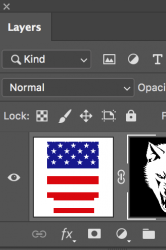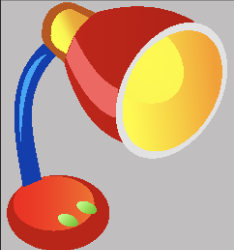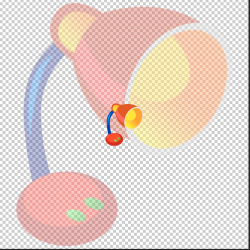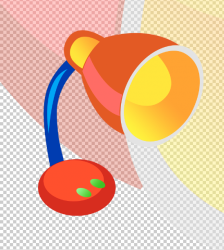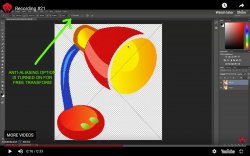I'm going crazy with the photoshop. now another issue:
1. when I resize manually the true single vector with hard edges (anti-aliased Off) using "free transform" - and after i done and click OK, it makes the whole vector with soft edges.... how to preserve hard edges while using "free transform"?
2. I tied to solve the issues using - nearest neighbors (preserve hard edges - under image size) before and after using "free transform" doesn't help. what is the "nearest neighbors" for? and it seems never works, I tried different 20 scenarios and it never works
1. when I resize manually the true single vector with hard edges (anti-aliased Off) using "free transform" - and after i done and click OK, it makes the whole vector with soft edges.... how to preserve hard edges while using "free transform"?
2. I tied to solve the issues using - nearest neighbors (preserve hard edges - under image size) before and after using "free transform" doesn't help. what is the "nearest neighbors" for? and it seems never works, I tried different 20 scenarios and it never works

